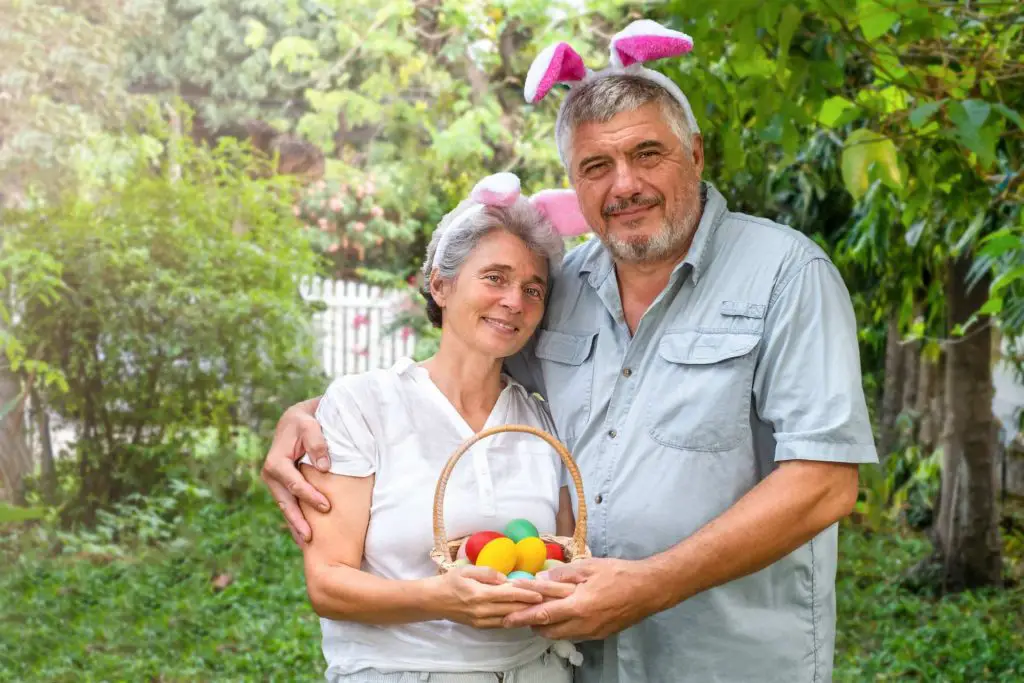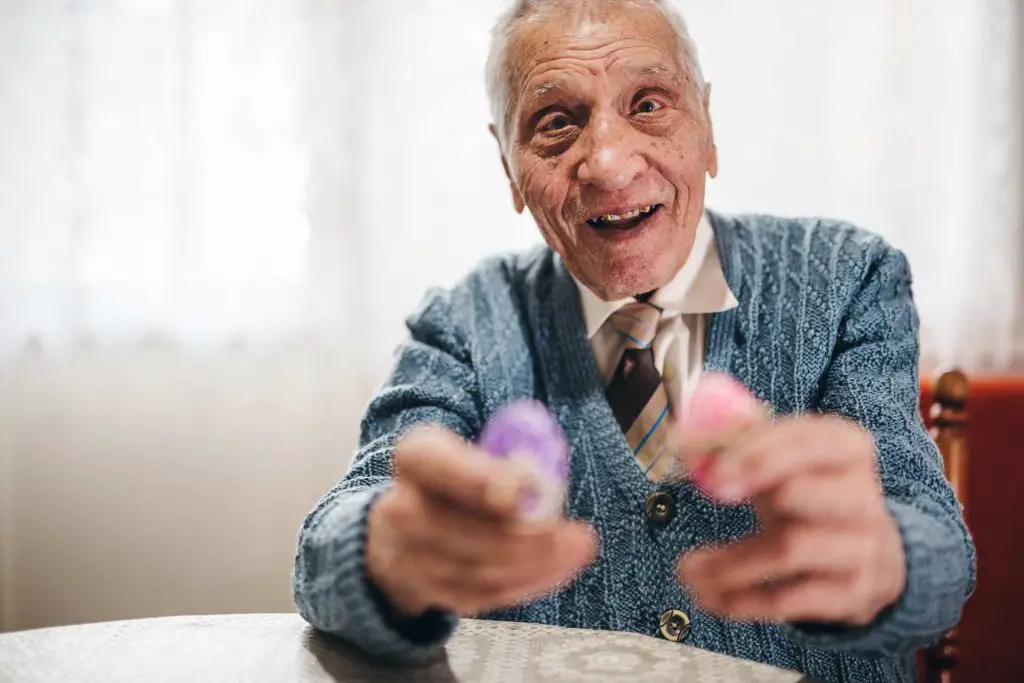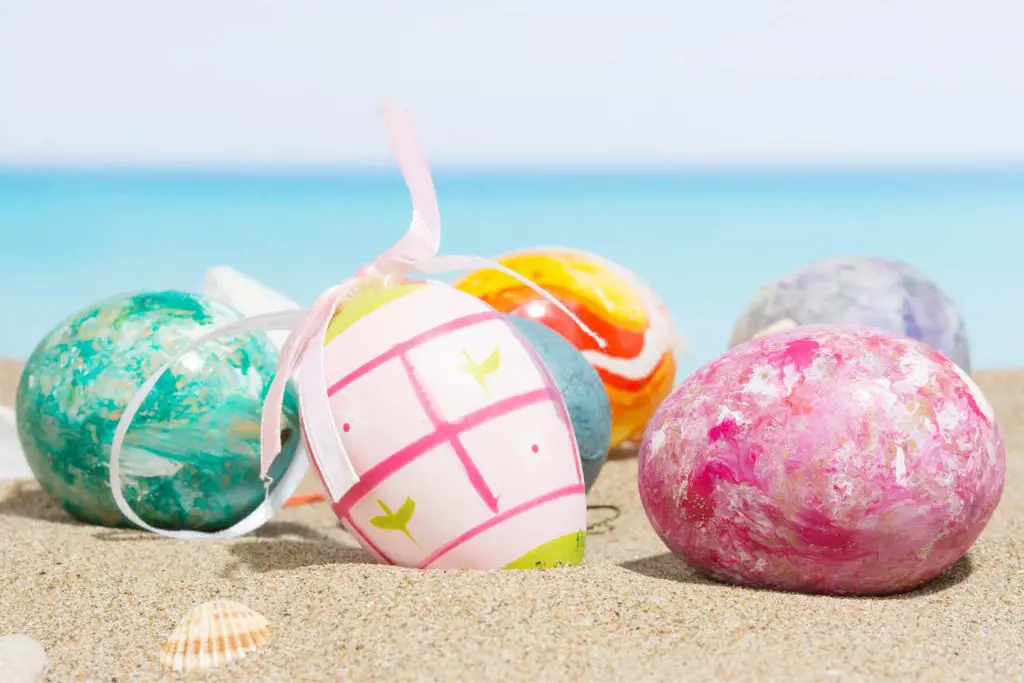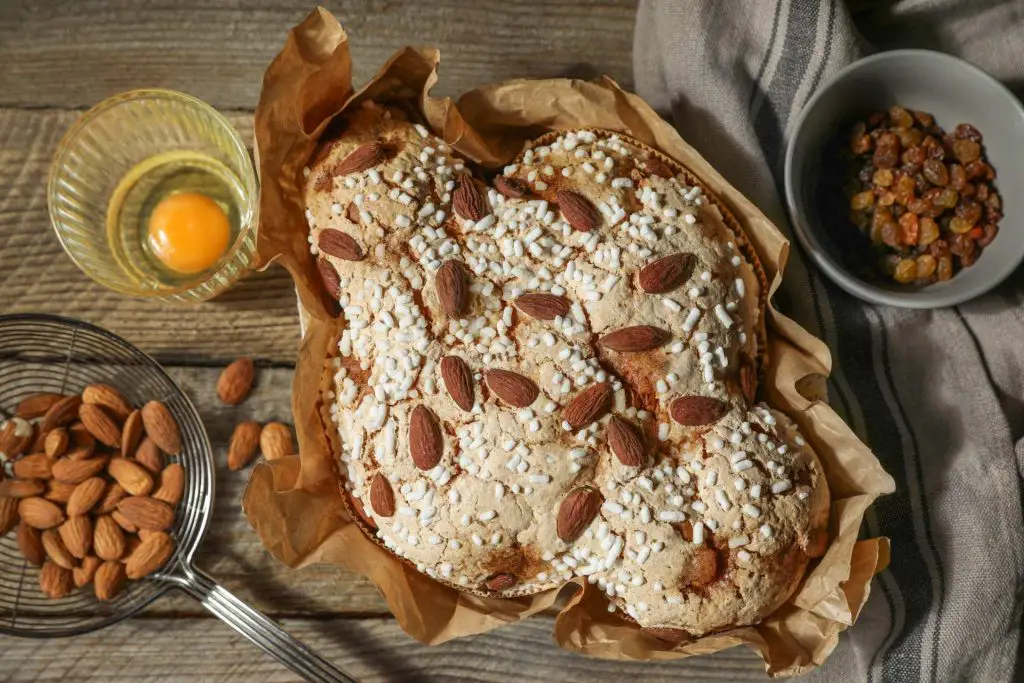Easter across Italy: a multifaceted ancient celebration unraveled. Embark on an exploration of Italy’s most vibrant Easter celebrations, a time deeply entrenched in tradition and cultural festivity. This guide illuminates everything essential for immersing yourself in the Easter spirit, Italian-style. Easter, a deeply cherished festival, unfolds annually with a blend of private and communal ceremonies that merge regional gastronomy with a tapestry of secular, religious, and ancient customs unique to each area. Hence, planning a trip to explore the rich tapestry of Italian Easter traditions presents an unparalleled opportunity.
“Easter spells out beauty, the rare beauty of new life.”
S. D. Gordon.
Curious about how to mark Easter in Italy? We present a curated guide to events and iconic Easter delicacies from across the country, aiding your decision on how to spend this festive period. Dive into the article and plot a journey that captures your curiosity or appetite. Unsurprisingly, the Easter egg, a universal symbol of fertility and renewal, plays a pivotal role in numerous festivities. Within the Christian context, it symbolizes Christ’s Resurrection. Easter in Italy, known as “Pasqua,” is one of the most significant and heartfelt celebrations in the country. It blends deep religious devotion with ancient traditions, local customs, and the joy of spring’s arrival.

This festival not only commemorates the resurrection of Jesus Christ but also marks a period of renewal and rebirth in the Italian cultural and natural landscape.
The celebration extends from the solemn rituals of Holy Week to the festive explosion of Easter Sunday, reflecting Italy’s rich tapestry of history and faith. This article delves into Easter across Italy: a multifaceted ancient celebration, exploring its historical roots, regional customs, culinary traditions, and the ways in which this ancient festival is observed in modern times.
Easter across Italy: historical background and religious significance
Easter’s roots in Italy are intertwined with the history of Christianity itself, offering a glimpse into the country’s deep religious heritage. The Holy Week, starting with Palm Sunday and culminating in Easter Sunday, is observed with profound reverence. Each day has its unique rituals and significance, reflecting the final days of Jesus Christ’s life. Significant events include the solemn processions of Good Friday, which reenact Christ’s crucifixion and burial. Easter Sunday itself celebrates the resurrection, a cornerstone of Christian faith, with jubilant masses held in churches throughout Italy, including the Vatican, where the Pope delivers the Urbi et Orbi blessing.

Easter across Italy: regional celebrations and customs
Easter festivities also animate the public squares throughout Italy, embracing local traditions and culinary delights. Italy’s Easter celebrations are a vibrant ensemble of customs and traditions, varying significantly from region to region and reflecting the country’s diverse cultural heritage. In Florence, the historical event of “Scoppio del Carro” (Explosion of the Cart) takes center stage, where a cart packed with fireworks is ignited to ensure a good harvest, blending pagan traditions with Christian beliefs. This spectacular event, dating back over 350 years, fills the air with color and excitement, embodying the spirit of renewal and celebration.Down south in Sicily, Easter week is marked by dramatic processions and religious fervor. The most notable are the processions in Trapani, the “Processione dei Misteri,” where life-size wooden statues depicting scenes from the Passion of Christ are carried through the streets by robed participants. These solemn, poignant processions contrast with the celebratory atmosphere elsewhere, highlighting the island’s deep-rooted religious traditions. Then, Prizzi’s Ballo dei Diavoli sees devils and death cavorting among the crowds, thwarted by angelic interventions, while Adrano’s Diavulazzi ‘i Pasqua and San Fratello’s Festival of the Jews engage in symbolic battles of good versus evil, captivating spectators and reinforcing the triumph of virtue. In the Abruzzo region, the town of Sulmona hosts the “La Madonna Che Scappa in Piazza,” a reenactment of the Virgin Mary running to meet the resurrected Christ on Easter Sunday. This event, characterized by a statue of the Virgin Mary shedding her mourning clothes to reveal bright colors underneath, symbolizes joy and rebirth, drawing visitors from across the country. The myriad of enduring traditions celebrated across Italy is remarkable. Among these, the “Punta e cul” game stands out, especially post-Easter Mass, stretching from Fiorenzuola d’Arda in Piacenza to Urbania in Marche. Competitors vie to crack their adversary’s egg either at the tip or base. In Umbria, the Tocciata (or Ciuccittu) game is equally esteemed, where participants gently tap each o ther’s hard-boiled eggs, vying to keep theirs unbroken.
Even among mountain communities, eggs feature prominently in age-old customs: In San Leonardo, Val Badia, the pre-Easter Noza da paur tradition sees young men, hopeful for marriage, soliciting eggs from young women. A belief holds that gathering at least 12 eggs forecasts marriage within the year, making it a prime moment for heartfelt declarations or proposals.

The “Canté j’euv,” or “egg begging,” is a cherished rural tradition marking the end of Lent, predominantly observed in the Langhe and southern regions of Piedmont.
Young villagers embark on a journey from one farmstead to another, offering songs of good fortune to each household. In return for their melodious performances, they receive eggs, which are then used to prepare a communal omelette on Easter Monday, celebrating unity and festivity. During Holy Week, the phenomenon of speaking crucifixes captures the imagination, such as the one attributed to Saint Bridget of Sweden in San Paolo Fuori le Mura, Rome. Yet, the most famed is a 17th-century wooden crucifix in the San Francesco della Vigna convent in Venice. Ingeniously equipped with a mechanism in Christ’s mouth, it has mesmerized onlookers for centuries by moving its tongue and mimicking speech. The historical reenactment known as Judeata, dating back to the 17th century, is a highlight of Good Friday in Chianciano Terme, Tuscany. Featuring 150 actors donned in period attire, it includes portrayals of Christ, the devout women, Pontius Pilate, and Roman officials. Following the enactment, participants often indulge in Ciaccia di Pasqua, a traditional Tuscan focaccia resembling panettone, enriched with eggs, cheese, and bacon. The emotionally charged procession of the Apostles, a ritual observed across Italy, particularly in the south, is a profound testament to faith and tradition. From Procida’s Apostles procession between Thursday and Holy Saturday to Taranto’s hooded believers, these events draw communities together in solemn remembrance. In Oliena, Sardinia, the dramatic Easter crucifixion rite unfolds, culminating in the reunification of the Virgin Mary with her son, accompanied by the cherished casadinas dessert, a sweet treat made with fresh pecorino cheese. In Courmayeur, the Foire de la Paquerette marks Easter Monday with a vibrant market of regional craftsmanship, while Bormio’s Pasquali parade showcases elaborate floats carried through the town.
Easter across Italy: food and festivities
Easter in Italy is also a feast for the senses, especially the taste buds. Traditional foods play a central role in the celebrations, each with symbolic meanings. Lamb, representing Christ’s sacrifice, is a common dish, often prepared as “Agnello arrosto” (roasted lamb). Sweet breads like “Colomba Pasquale,” a dove-shaped cake symbolizing peace and renewal, and chocolate eggs, representing new life, are ubiquitous, delighting both young and old. Easter Sunday is typically a time for family gatherings, where elaborate meals are enjoyed together. Starters may include artichokes and assorted salumi, moving on to the main courses of lamb and seasonal vegetables. The meal is not complete without the “Colomba Pasquale” and other regional desserts, accompanied by sweet wines. These communal meals underscore the importance of family and community in Italian culture, reinforcing bonds and creating memories. Beyond the food, villages and towns across Italy come alive with festivals and events. From egg-tossing competitions to concerts and dances, the festive spirit is palpable. These gatherings, while fun and lively, also serve as a reminder of the communal aspect of Easter, bringing people together in celebration and reflection.

Easter across Italy: modern celebrations and tourism
Today, Easter in Italy continues to be a blend of solemn religious observances and vibrant local festivities. While traditional practices remain at the heart of the celebration, modern elements have woven their way into the fabric of the holiday. In cities and towns, public squares host concerts and events, drawing locals and tourists alike. The increase in tourism during this period has led to a greater international appreciation of Italy’s Easter traditions, with visitors coming to experience the unique customs firsthand. Church services, especially in the Vatican, are broadcast worldwide, showcasing Italy’s religious and cultural heritage. Meanwhile, local communities continue to preserve their unique customs, from ancient processions to festive meals, ensuring that the spirit of Easter remains a cornerstone of Italian culture.
The Bottom Line
Easter across Italy is a rich heritage of ancient traditions, religious devotion, and joyous celebrations of spring’s renewal. While the solemn rituals of Holy Week commemorate the Passion of Christ, the arrival of Easter Sunday ushers in a vibrant explosion of local customs, culinary delights, and festive gatherings. From dramatic processions in Sicily to symbolic reenactments in Tuscany, each region offers its own unique take on Easter festivities, reflecting Italy’s diverse cultural heritage. Eggs, the universal symbol of new life, feature prominently in age-old traditions like egg-cracking games and egg-begging rituals. Food plays a central role, with traditional dishes like lamb and Colomba Pasquale cakes gracing family feasts. Public squares transform into lively hubs of music, dance, and markets, fostering a sense of community celebration. While deeply rooted in Christian beliefs, Italy’s Easter observances interweave pagan rituals and superstitions, creating a multifaceted tapestry that has endured for centuries. As tourism increases, these rich traditions garner international appreciation, ensuring preservation for future generations. Ultimately, Easter across Italy remains a vibrant celebration of faith, rebirth, and the enduring power of cultural traditions to unite communities in shared joy and reflection.

